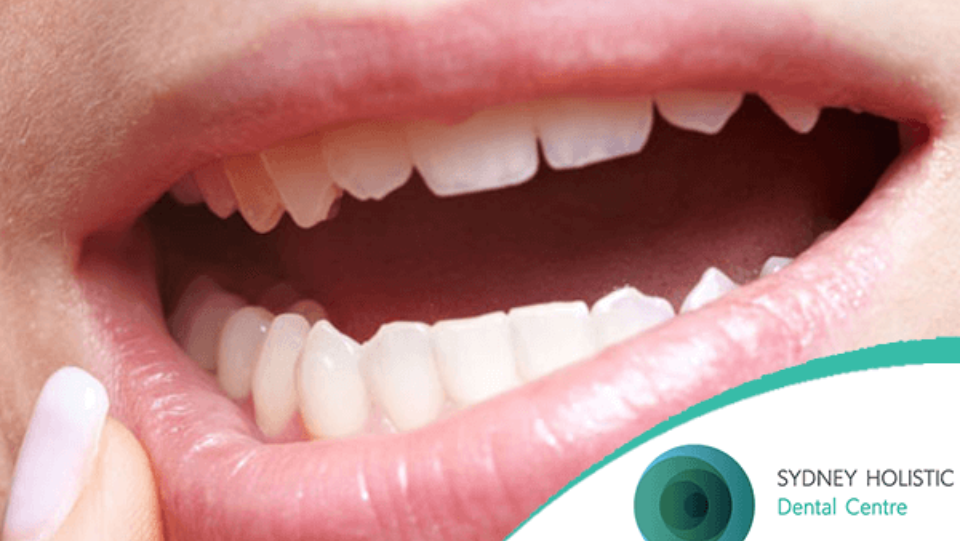Putting an End to Gum Disease…for Good.
Putting an End to Gum Disease…for Good.

A brief background on gum disease
The gum is the pink tissue that surrounds the teeth, unfortunately it is susceptible to inflammation and infection resulting in gum disease.
Gum disease is:
- Caused by specific microorganisms or “bad bugs” inside the mouth.
- Bad bugs colonise and destroy the normal environment of the gum’s integrity.
- After colonisation, these bad bugs invade on a deeper level by eating gum tissue which causes gum sores or pockets to appear.
Gum disease is actually the most common infection in man, woman or child and can often go untreated. Gum disease has been linked to health problems including cardiovascular disease, type 2 diabetes, osteoporosis and low birth weight.
Getting rid of the problem
There are two ways to eliminate the mouth of these nasty microorganisms.
- Have a thorough clean – visiting the hygienist and having a thorough scale, clean and curettage is essential in fighting gum disease. The hygienist will also be able to carry out a thorough oral examine to look for any other issues in the mouth.
- Maintain a regular oral hygiene routine – flossing at least once a day and brushing twice a day. Brush your teeth no less than two minutes using a small gentle circular motion.
- Use a safe and effective antibacterial/antimicrobial mouthwash to kill bad bugs and further provide protection from plaque – we have some herbal brands for sale at SHDC, just ask a Dental Hygienist next time you’re in.
Other ways of eradicating bad bugs:
- Quit vices that increase the risk for gum disease such as smoking.
- Feed your body nutrient dense food that supports the immune system in fighting this bacteria naturally. You can learn more about the diet we recommend at SHDC here.
The truth about branded oral products
Advertisements do a great job at making us think we ‘must-have’ that certain product. The truth is we don’t necessarily need to buy into all the latest products, instead good oral health is achieved by good oral hygiene, regular check-ups and a healthy diet rich in nutrients and healthy fats.


